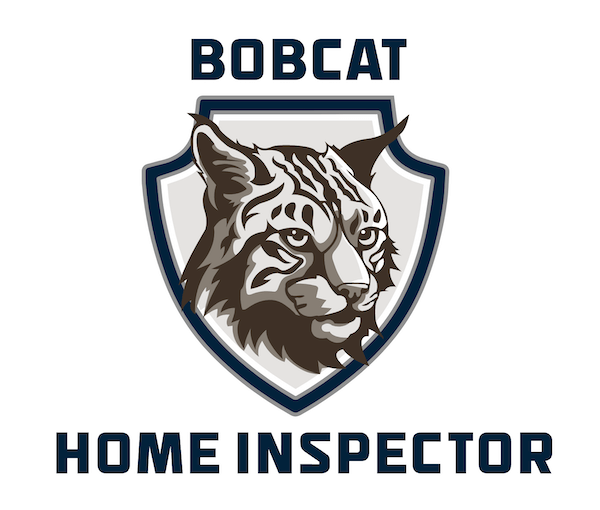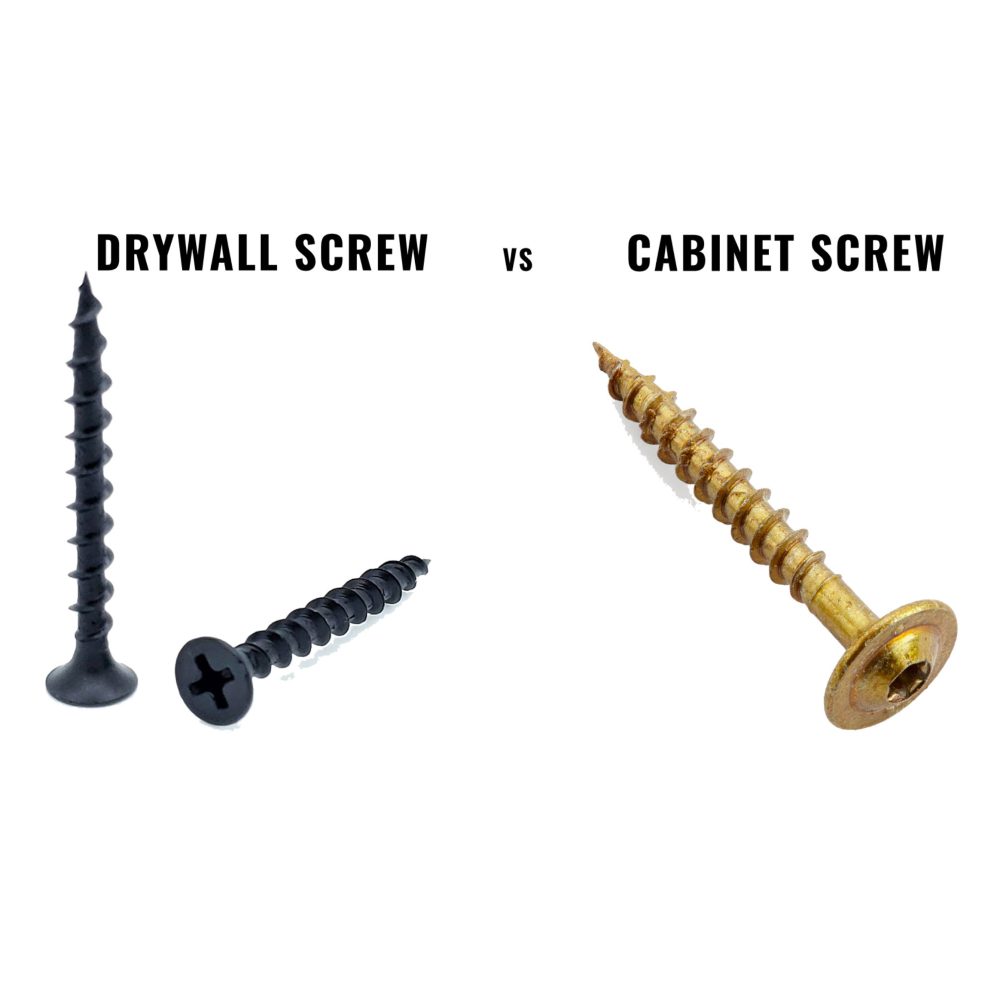One of the most common defects I come across—especially in newer homes—is improper fasteners being used to secure kitchen cabinets to the wall. I often find drywall screws where proper cabinet screws should be. At first glance, it might not seem like a big deal, but the type of screw really does matter. Let’s break down why.
Drywall Screws: Made for One Job Only
Drywall screws are designed for one purpose—attaching drywall sheets to wood or metal studs. They’re great for that, but over the years, many DIYers and even some contractors have treated them like a “universal fastener,” using them for just about anything. Think of them as the duct tape of screws—handy, but not always the right tool for the job.
The problem is that drywall screws simply aren’t engineered to handle heavy, concentrated loads like cabinets. They’re also brittle and prone to snapping under stress, which is the last thing you want when you’re relying on them to hold hundreds of pounds of cabinetry, dishes, and kitchenware.
Cabinet Screws: Built for the Job
Cabinet screws, sometimes called washer-head screws or button-head screws, are specifically designed to secure cabinets to walls. Their larger head helps evenly distribute the load on the cabinet’s hanging rail, ensuring a strong, long-lasting installation.
They’re also made from stronger material, with a head shape that’s better for pulling the cabinet tightly against the wall and keeping it there. Many cabinet screws have a torx (star) head, which is less likely to strip during installation, unlike the standard Phillips head you see on most drywall screws.
How to Tell the Difference
You can often tell which screw was used without removing it. Here’s a quick visual guide:
Drywall screws
- Flat or bugle-shaped head
- Usually black or dark gray
- Phillips head
- Designed to sink into soft drywall
Cabinet screws
- Rounded or domed head, often with an integrated washer
- Typically gold or silver
- Torx/star head (reduces stripping)
- Designed to grip wood securely
Why Drywall Screws Fail on Cabinets
Drywall screws weren’t made for wood-to-wood fastening or to handle the weight of cabinets filled with dishes. Their thin, brittle heads can shear off, leaving your cabinet essentially unsecured. On top of that, the tapered shape of the drywall screw head tends to sink into the cabinet material rather than holding it firmly against the wall. Over time, this can lead to loose or even falling cabinets—a serious safety hazard.
Cabinet screws, on the other hand, have a washer-style head that presses evenly against the cabinet rail, locking it securely to the wall framing.
If you’re building or remodeling a kitchen—or even just checking the work done by a previous owner or contractor—it’s worth taking a closer look at the screws holding up your cabinets. The right fasteners make all the difference in safety and durability.
Need a professional eye on your home?
Schedule a home inspection with Bobcat Home Inspector today. I’ll check for details like this that can save you headaches (and repair bills) down the road!

